October 03, 2025 | 13:52
Educational programs
Education
International cooperation
When the educator is only a few years older than the student, classes become more engaging and students much more active – Varuzhan Tanielyan
"While studying at Ca’ Foscari University, I never felt the need to visit a library, as all the required books and materials for the courses were already accessible via the Moodle system," notes Varuzhan Tanielyan, a 4th-year student at YSU History Faculty’s "Archaeology" bachelor’s program, sharing about his experience of studying in Italy through the Erasmus+ program.
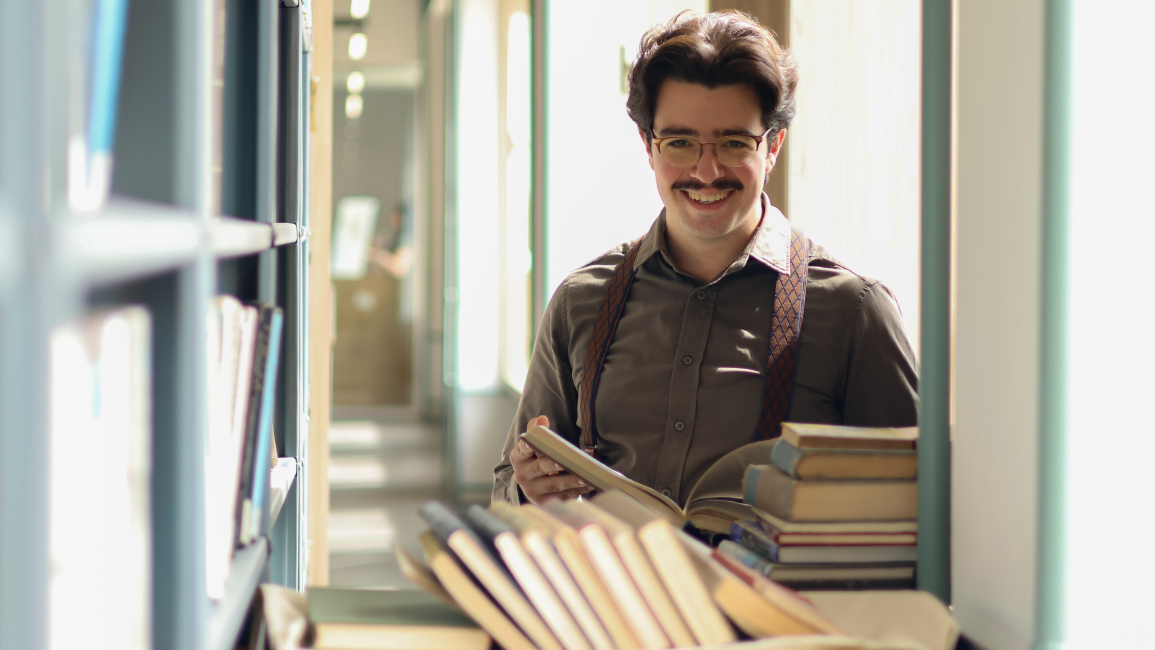
Varuzhan believes that his opportunity to study in Venice was primarily due to his proficiency in English.
"Learning a language is never easy, but one can endlessly reap and enjoy all the fruits borne by the fertile tree of language mastery," he says.
When asked why he chose archaeology as his major, Varuzhan noted that his history teacher in school often shared stories about excavations in Egypt, and he eagerly awaited the day they would finally go to Luxor for excavations.
"I never went to Egypt, but one day my teacher called to inform me that excavations were about to begin in Erebuni and invited me to participate. I did, and a few years later, enrolled in the Department of Archaeology and Ethnography at YSU Faculty of History."
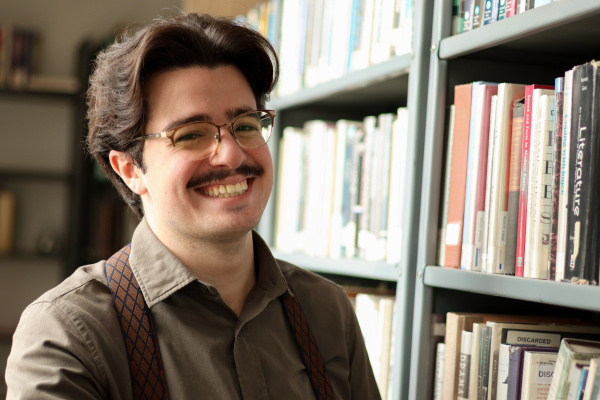
Speaking about the foreign students he studied with in Venice, Varuzhan said: "The Japanese were quiet, modest, and reserved; the British and Irish were polite, never causing trouble but easily offended by the slightest things; and the Italians were loud, always talking about either food or politics. As for me, I took every opportunity to share stories about my beloved homeland, slowly making everyone fall in love with it and then, perhaps, boring them a little—but all of this made our interactions even more interesting."
– Varuzhan, as a YSU student, you had the opportunity to continue your studies for one semester at Ca’ Foscari University in Venice. What subjects did you study, and what new knowledge and skills did you acquire?
– At Ca’ Foscari University, I selected my own courses from various faculties and departments. I studied quite interesting subjects, including "Digital Archaeology" and "Virtual Archaeology," where I learned about very modern and innovative methods that are becoming increasingly important in my field of archaeology. I acquired essential skills in photogrammetry and the use of GIS systems. Using photogrammetry, I created a 3D model of an ancient bas-relief and a medieval well (vera da pozzo). By the way, different types of these wells can be found throughout Venice—they once stored clean drinking water for the entire city. I also modeled the wooden clapper used at San Lazzaro, which is sounded at the beginning of ceremonies during Holy Week, when the ringing of bells is prohibited in the final days of Lent. Using QGIS, I also developed a project for the archaeological site Rupinpiccolo II.
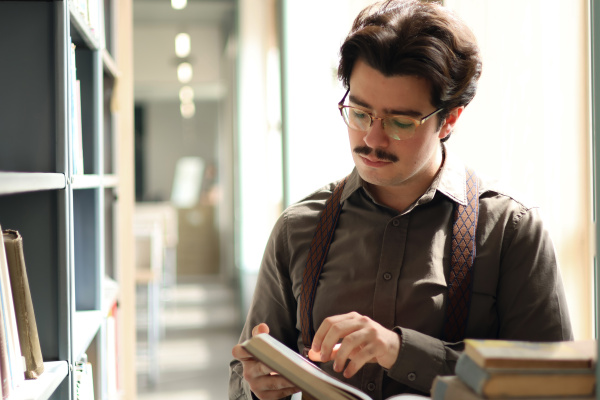
The course "History of Medieval Sciences" was incredibly fascinating. During this course, we studied the history of renowned medieval universities and the activities of their eminent scholars, as well as gaining a general understanding of the sciences themselves—meteorology, astronomy, calendrical studies, and geography in particular.
I also conducted a research project on the topic "How Anania Shirakatsi Calculated the Ecclesiastical Calendar."
I would certainly have regretted it if I had not chosen a course related to this powerful city itself while studying in Venice. In the "History of Venice" course, I learned not only about Venice but also the history and culture of many regions that once belonged to its historic republic — Dalmatia, Cyprus, and even Constantinople—primarily deepening my study of their Venetian heritage.
Being a devoted servant of the Armenian Church, I continued my service even there. I served at the Armenian Apostolic Church of the Holy Forty Martyrs in Milan and, of course, at the Mekhitarist Monastery of San Lazzaro. I cannot overstate the importance of the Mekhitarist fathers during my time in Venice—they welcomed me with open arms, and throughout my stay, I felt part of their community. I was reminded of the beautiful story of King Arshak, who found strength while standing on Armenian soil in Persia—and in the same way, I too felt fortified and strengthened on the sacred ground of San Lazzaro. I spent the entire Holy Week and Easter celebrations at the monastery, participating in all the liturgical ceremonies. As part of my volunteer assisting the clergy, I helped digitize the Mekhitarist fathers’ paintings, as well as manuscripts and catalogues of past clergy. Occasionally, I also led tours on the island.
– What kind of infrastructure did the university have, and what facilities were you able to utilize? What opportunities did the library offer?
– Ca’ Foscari has nine separate libraries, each dedicated to different fields. There was one library each for physics and mathematics, humanities, and economics departments. The linguistic collection was divided among five different buildings, and there was also a library solely designated for general reading, primarily stocked with fiction and literary works. To be honest, I never felt the need to visit a library, as all the required books and materials for the courses were already accessible via the Moodle system.
– What is your field of interest, and how do you explain your choice?

– I believe that almost everyone during their childhood has seen movies or read books about archaeologists and paused to dream about what the life of an archaeologist might be like. My fascination with this highly romanticized profession was not sparked by Indiana Jones or any other fictional character, but rather by my history teacher in school. This teacher often recounted archaeological excavations in Egypt, and I eagerly awaited the day when I would finally join the excavation team in Luxor at the mortuary temple of Pharaoh Amenhotep III... Though I never went to Egypt, one day my teacher called to inform me that excavations were about to begin in Erebuni and invited me to participate. I did, and a few years later, enrolled in the Department of Archaeology and Ethnography at Yerevan State University. I began to study archaeology in depth—not Urartian, but the medieval period. This interest is also closely connected to my devotion to the Armenian Church and my profound admiration for medieval Armenian culture, art, architecture, and history.
– When comparing the educational environment of YSU to that of the foreign university, what differences stand out? What changes would you like to see at YSU?
– At Ca’ Foscari, there wasn’t a single course for which the entire list of modern and easily understandable literature—including articles, books, and most importantly, PowerPoint presentations—was not available on the university’s Moodle system. Another interesting fact was that I had classes only up to three days a week. Each course had just one lecture per week, attendance was encouraged but not mandatory. The main thing was to show up for the exam and receive your grade. While such a flexible schedule is certainly pleasant, there comes a time when one realizes it cannot go on like this. The heavy workload here at YSU also poses its own challenges. I am convinced that students can find a balanced approach that allows them to avoid becoming prisoners of their timetables while remaining actively engaged in their academic studies.
– What approach do professors at the foreign university take in their interactions with students? What notable differences do you observe between YSU and foreign lecturers in terms of experience and attitude?
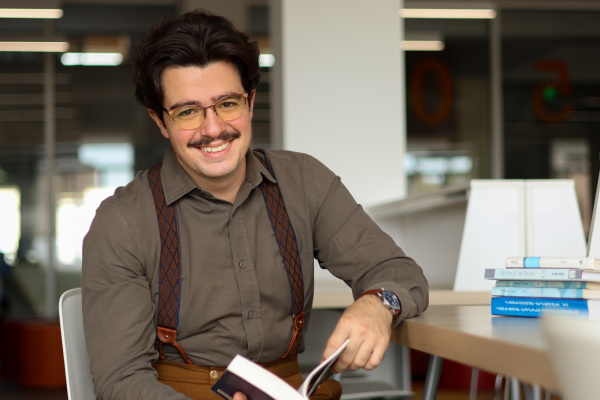
– There is a very important point here. At foreign universities, all my professors were young. Naturally, a 35-year-old specialist cannot possess the knowledge or experience of someone with 35 years of practice. However, the significant age gap between students and professors often leads to a major dissonance: professors don’t always know how to engage young people’s interest, and students sometimes feel shy about asking these older educators additional questions or bothering them to glean more knowledge. Professors are often unaware of what the students are engaged in, what interests them, or what characteristics define their generation. And this is understandable. I deeply love and respect my senior professors—their biographies and experiences are simply admirable. Yet, teaching becomes much more effective when the educator is only a few years older than the student. In such cases, classes become more engaging and students much more active.
– What are the advantages and disadvantages of a multicultural environment? Which nationalities have you interacted with, and what seemed unusual to you?
– In our dormitory, most of the residents were Italian. There were around 45 of us in total, among whom were two Armenians, three Japanese, one Slovak, one Crimean Tatar, a Brit, a Spaniard, an Irishman, a Frenchman, and a Mexican. Everyone was unique in their own way, especially the Europeans, who, regardless of whether they were alone, at the table, eating, in class, or even attending Divine Liturgy, would never miss the opportunity to loudly blow their nose—reminding everyone of their presence.
The Italians were talkative, loud, and constantly engaged in discussions—usually about food or politics, with food undeniably taking precedence. What Mario ate yesterday, what he plans to eat today, and what he will eat tomorrow is something everyone is compelled to know. A particularly distinctive Italian trait is that they say "ciao" approximately 5 to 10 times per minute. It’s a universal word for both greeting and farewell. So, if Jacopo entered the kitchen just to grab a glass of water and stayed for only 30 seconds, he would greet everyone with "ciao," receive a chorus of "ciaos" in response, and then, upon leaving, repeat the whole cycle. If, five minutes later, Jacopo remembered he had forgotten his phone in the kitchen, the entire routine would happen all over again—without exception.
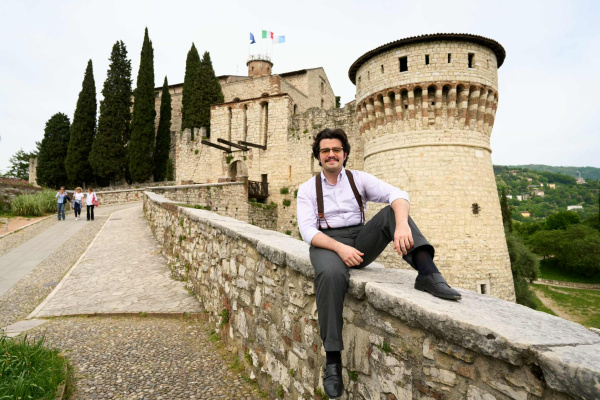
Each person had their own unique characteristics. The Japanese were quiet, humble, and reserved. The British and the Irishman were polite, never causing trouble but easily offended by the slightest things. As for me, I took every opportunity to share stories about my beloved homeland, slowly making everyone fall in love with it and then, perhaps, boring them a little—but all of this made our interactions even more interesting.
Slovak Miloš became my close friend. We studied together, traveled together, shared meals, and then went out for walks and to enjoy gelato. We were the first to show each other our work, praising, inspiring, and offering suggestions. We even attended several Divine Liturgies together. In the early mornings, we would set out to the Rialto fish market to buy fresh seafood for dinner. On one occasion, another Slovak visited San Lazzaro, and I personally gave him a tour. Interacting with him, I came to realize what a wonderful people they are—kind, devout, philosophical, and untouched by the corrupting influences of the modern world.
Of course, for me, every Armenian is a brother or sister, but in this short span of time, I managed to form brotherly bonds with people who, though foreign, felt incredibly familiar.
– Did you manage to visit other cities?
– Unlike many fortunate students who, during their exchange programs, manage to visit numerous countries and cities, I did not leave Italy. Certain circumstances didn’t allow me to do so. However, I would not have forgiven myself if I hadn’t at least explored Venice thoroughly. By the end of the semester, when I saw tourists getting lost in the Venetian streets, I would smile quietly to myself, because by then, I knew the "godless" map of my beloved city like the back of my hand.
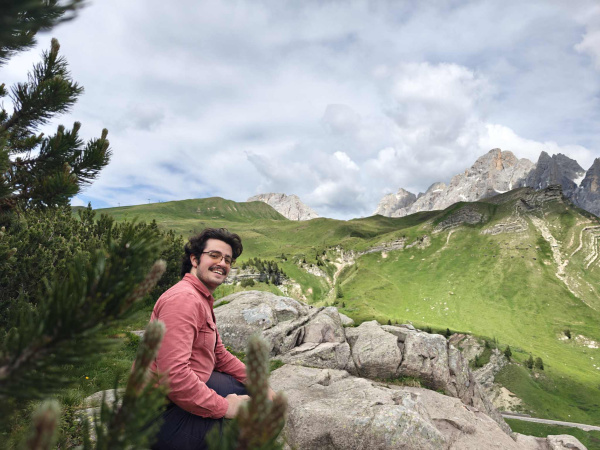
I had the chance to visit several cities in northern Italy: Milan, where my dearly beloved sister lives; Bergamo, where my grandfather Varuzhan was held as a prisoner of war nearly 80 years ago; Ravenna, where there is a significant and visible Armenian presence; Vicenza, where I was warmly hosted by Avo and Mher, who became close friends; twice in Verona, the city of Romeo and Juliet; and three times in Padua—the cradle of the Italian Renaissance—once for a concert by the beloved band Jethro Tull, once with friends for sightseeing, and once on April 24th to attend Divine Liturgy and the memorial event commemorating the Armenian Genocide.
I also visited the charming town of Brescia, with its mighty fortress, and Piacenza, where a major exhibition of Giovanni Fattori’s paintings was being held. And at the end of June, just as I was eagerly awaiting my return, the Fathers surprised me with a trip to the magnificent Dolomites. The unbearable heat of Venice, the narrow streets, little bridges, boats, and the crowds of tourists vanished in an instant. Around me were snow-capped mountains, waterfalls, rivers, lakes, and cool, pure air that finally filled my lungs. The scene was further adorned by graceful deer, just a few meters away, calmly enjoying their native mountains. And I longed for the same—for my own native mountains, which I missed deeply.
– What motivated you to continue your education abroad — was it high academic achievement or another factor?
– This question has one straightforward answer. My academic performance is not particularly remarkable, so that was not the reason. There was only one factor that enabled me to go to Venice. Without it, it would have been impossible to go abroad for study or work, especially with sufficient scholarship support. From a very young age, I had already mastered English, so I do not have the right to tell my peers that it is easy—learn quickly. I understand that learning a language is never easy, but one can endlessly reap and enjoy all the fruits borne by the fertile tree of language mastery. After a conference dedicated to the Great Genocide in Venice, an Italian doctor and professor in Armenian studies reaffirmed: "The more languages you know, the more of a person you are." Therefore, within my capacity, I also learned Italian—who knows, maybe in a few years this will also open great opportunities for me.
– In which field and for what purpose will you apply the knowledge you gained abroad? What are your future goals, in which area would you like to work, and why?

– I remain steadfast in my professional conviction. Medieval Armenian archaeology is an incredibly fascinating field, full of diverse opportunities and constant surprises. It is not merely the study of material heritage but also the discovery and preservation of our historical identity. Every humbled church or monastery, ruined fortress or ancient settlement, and every household item found during excavations tells something new about the past of our people, compelling us to reevaluate our rich heritage anew. All our national sentiments combine with academic rigor to provide an unwavering portrayal of our ancestors’ lives, beliefs, and culture.

